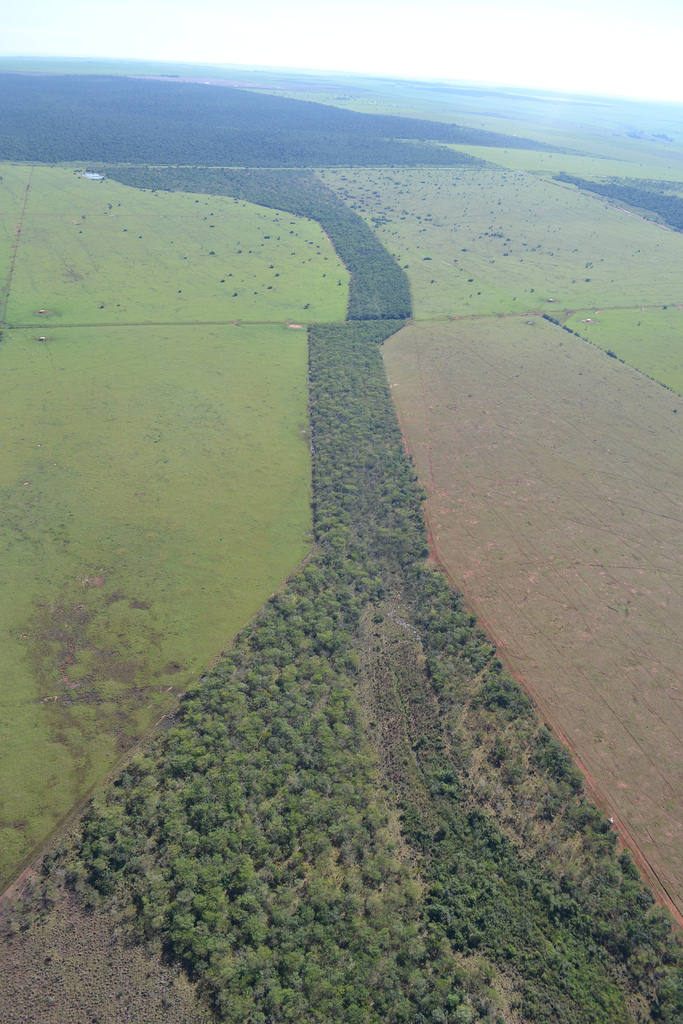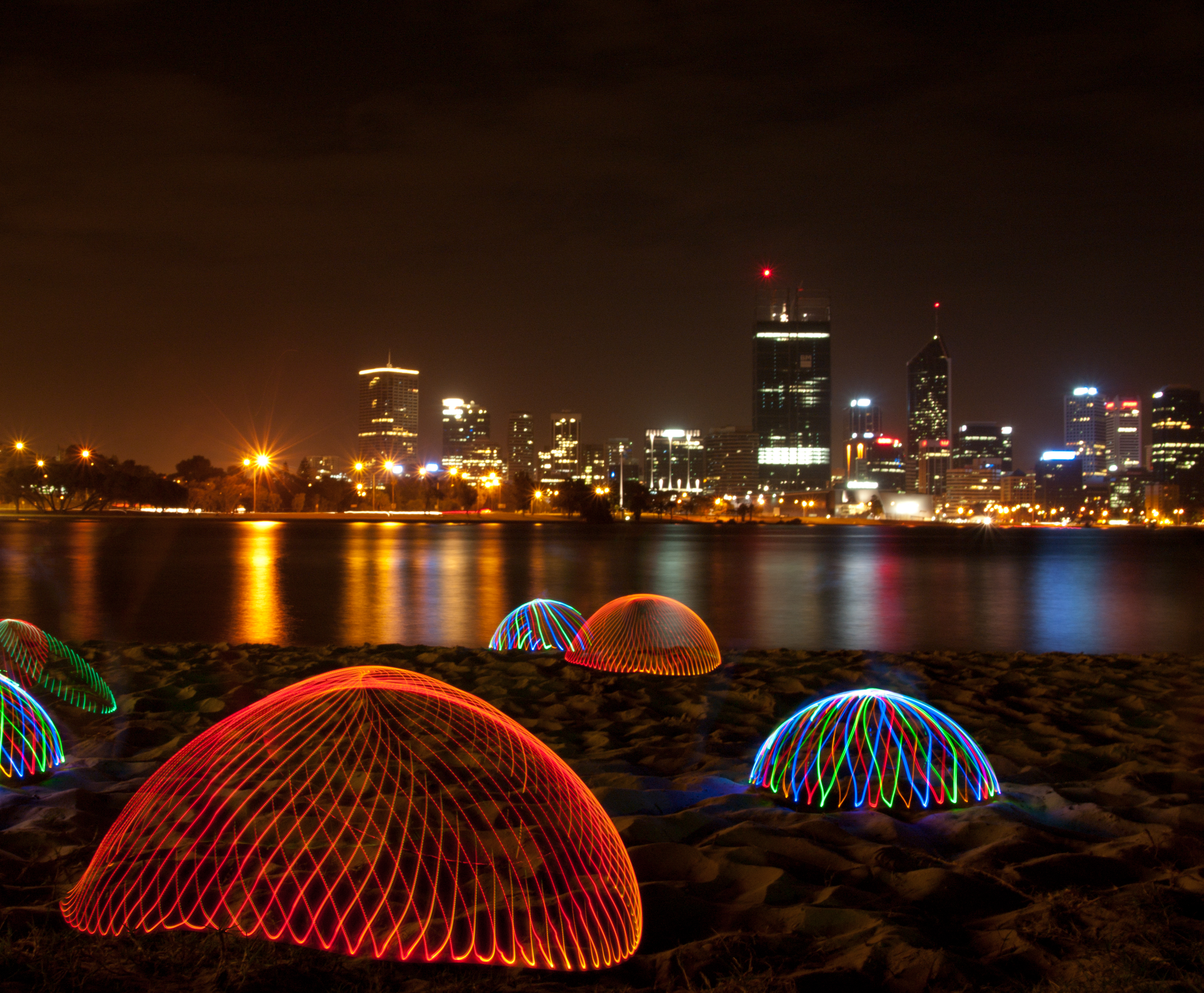|
Railway Reserve Heritage Trail
The Railway Reserves Heritage Trail also on some maps as ''Rail Reserve Heritage Trail'' or ''Rail Reserves Historical Trail'', and frequently referred to locally as the ''Bridle Trail'' or ''Bridle Track'' is within the Shire of Mundaring in Western Australia. Names and sections The trail comprises a loop between Bellevue and Mount Helena, and a line from Mount Helena to Wooroloo. The loop, called ''Trail Loop'', is in length, and follows the two Eastern Railway routes travelling east from Bellevue and meeting up again in Mount Helena, thus forming a loop. The southern route, which traverses Mundaring, is the ''First Route'', opened in 1884. In contrast, the northern route, which passes through John Forrest National Park, follows the ''Second Route'', opened in 1896. In Mount Helena the Railway Reserves Heritage Trail continues as a line in length, called ''Eastern Extension'', onto Wooroloo. The line is coincident with this part of the ''Kep Track'', which continues ... [...More Info...] [...Related Items...] OR: [Wikipedia] [Google] [Baidu] |
Darling Scarp
The Darling Scarp, also referred to as the Darling Range or Darling Ranges, is a low escarpment running north–south to the east of the Swan Coastal Plain and Perth, Western Australia. The escarpment extends generally north of Bindoon, to the south of Pemberton. The adjacent Darling Plateau goes easterly to include Mount Bakewell near York and Mount Saddleback near Boddington. It was named after the Governor of New South Wales, Lieutenant-General Ralph Darling. History The feature was first recorded as General Darling Range by Charles Fraser, Government Botanist with Captain James Stirling aboard in March 1827. Maps from the 1830s show the scarp labelled " General Darlings Range"; this later became Darling Range, a name by which the formation was still commonly known in the late 20th century despite common understanding of it being an escarpment. There is also a tendency to identify the locations on or to the east of the scarp as being in the " Perth Hills" (or sim ... [...More Info...] [...Related Items...] OR: [Wikipedia] [Google] [Baidu] |
Parkerville, Western Australia
Parkerville is a suburb in the Shire of Mundaring in Perth Western Australia. Jane Brook flows through Parkerville on its way down to the Swan River through John Forrest National Park. History The Nyoongar people were the original custodians of the land. The arrival of British settlers in 1829 on the Swan Coastal Plain eventually led to Nyoongar dispossession in the Hills behind Perth. The Parkerville Suburban Area was made open for selection in June 1895. Parkerville was one of the first stations to be constructed on the railway line that once ran between Bellevue and Mount Helena, opening for traffic in 1896. The Railway Hotel, now the Parkerville Tavern, opened in 1902. The town was named in honour of Stephen Henry Parker whose country home, now the Old Mahogany Inn, was situated nearby. Parker was a prominent member of Perth's legal fraternity. In 1903 Sister Kate of the Community of the Sisters of the Church, purchased of land at Parkerville for the "League of C ... [...More Info...] [...Related Items...] OR: [Wikipedia] [Google] [Baidu] |
Walk Trail In John Forrest National Park In 2016
Walking (also known as ambulation) is one of the main gaits of terrestrial locomotion among legged animals. Walking is typically slower than running and other gaits. Walking is defined by an 'inverted pendulum' gait in which the body vaults over the stiff limb or limbs with each step. This applies regardless of the usable number of limbs—even arthropods, with six, eight, or more limbs, walk. Difference from running The word ''walk'' is descended from the Old English ''wealcan'' "to roll". In humans and other bipeds, walking is generally distinguished from running in that only one foot at a time leaves contact with the ground and there is a period of double-support. In contrast, running begins when both feet are off the ground with each step. This distinction has the status of a formal requirement in competitive walking events. For quadrupedal species, there are numerous gaits which may be termed walking or running, and distinctions based upon the presence or absence of ... [...More Info...] [...Related Items...] OR: [Wikipedia] [Google] [Baidu] |
Greenmount National Park
Greenmount National Park is a national park in the locality of Greenmount, Western Australia, 22 km east of Perth. It is one of the smaller national parks along the Darling Scarp and is a component of the Darling Range Regional Park. Due to its proximity to John Forrest National Park, which used to be known as Greenmount National Park until 1928, and relationship to subsequent reserves to the south it is a vital scarp wildlife corridor. Bus tours were available from Perth in 1933 with Hill's Bus Tours offering passengers a tour around the park on Sundays in September. Beam Transport Ltd. offered a similar service through the Park to Mundaring Weir in 1937. As a feature adjacent to the Helena River Valley it has significance in Aboriginal folklore, and also featured very early on in early European settler's diaries. Mountain Quarry is one of several blue stone quarries located within the park, popular with rock climbers and walkers. Vehicle access to the quarry site is res ... [...More Info...] [...Related Items...] OR: [Wikipedia] [Google] [Baidu] |
Wildlife Corridor
A wildlife corridor, habitat corridor, or green corridor is an area of habitat (ecology), habitat connecting wildlife populations separated by human activities or structures (such as roads, development, or logging). This allows an exchange of individuals between populations, which may help prevent the negative effects of inbreeding and reduced genetic diversity (via genetic drift) that often occur within isolated populations. Corridors may also help facilitate the re-establishment of populations that have been reduced or eliminated due to Disturbance (ecology), random events (such as fires or disease). This may potentially moderate some of the worst effects of habitat fragmentation, wherein urbanization can split up habitat areas, causing animals to lose both their natural habitat and the ability to move between regions to use all of the resources they need to survive. Habitat fragmentation due to Human development theory, human development is an ever-increasing threat to biodive ... [...More Info...] [...Related Items...] OR: [Wikipedia] [Google] [Baidu] |
Middle Swan
Middle or The Middle may refer to: * Centre (geometry), the point equally distant from the outer limits. Places * Middle (sheading), a subdivision of the Isle of Man * Middle Bay (other) * Middle Brook (other) * Middle Creek (other) * Middle Island (other) * Middle Lake (other) * Middle Mountain, California * Middle Peninsula, Chesapeake Bay, Virginia * Middle Range, a former name of the Xueshan Range on Taiwan Island * Middle River (other) * Middle Rocks, two rocks at the eastern opening of the Straits of Singapore * Middle Sound, a bay in North Carolina * Middle Township (other) * Middle East Music * "Middle" (song), 2015 * "The Middle" (Jimmy Eat World song), 2001 * "The Middle" (Zedd, Maren Morris and Grey song), 2018 *"Middle", a song by Rocket from the Crypt from their 1995 album ''Scream, Dracula, Scream!'' *"The Middle", a song by Demi Lovato from their debut album ''Don't Forget'' *"The Middle", a song b ... [...More Info...] [...Related Items...] OR: [Wikipedia] [Google] [Baidu] |
Swan River (Western Australia)
The Swan River () is a river in the south west of Western Australia. The river runs through the metropolitan area of Perth, Western Australia's capital and largest city. Course of river The Swan River estuary flows through the city of Perth. Its lower reaches are relatively wide and deep, with few constrictions, while the upper reaches are usually quite narrow and shallow. The Swan River drains the Avon and coastal plain catchments, which have a total area of about . It has three major tributaries, the Avon River, Canning River and Helena River. The latter two have dams (Canning Dam and Mundaring Weir) which provide a sizeable part of the potable water requirements for Perth and the regions surrounding. The Avon River contributes the majority of the freshwater flow. The climate of the catchment is Mediterranean, with mild wet winters, hot dry summers, and the associated highly seasonal rainfall and flow regime. The Avon rises near Yealering, southeast of Perth: it me ... [...More Info...] [...Related Items...] OR: [Wikipedia] [Google] [Baidu] |
Jane Brook
Jane may refer to: * Jane (given name), a feminine given name * Jane (surname), related to the given name Film and television * ''Jane'' (1915 film), a silent comedy film directed by Frank Lloyd * ''Jane'' (2016 film), a South Korean drama film starring Lee Min-ji * ''Jane'' (2017 film), an American documentary film about Jane Goodall * ''Jane'' (2022 film), an American psychological thriller directed by Sabrina Jaglom * Jane (TV series), an 1980s British television series Music * ''Jane'' (album), an album by Jane McDonald * Jane (American band) * Jane (German band) * Jane, unaccompanied and original singer of "It's a Fine Day" in 1983 Songs * "Jane" (Barenaked Ladies song), 1994 * "Jane", a song by Ben Folds Five from their 1999 album ''The Unauthorized Biography of Reinhold Messner'' * "Jane" (Century song) * "Jane", a song by Elf Power * "Jane", a song by EPMD from '' Strictly Business'' * "Jane" (Jefferson Starship song), 1979 * "Jane", a song by the Loved Ones f ... [...More Info...] [...Related Items...] OR: [Wikipedia] [Google] [Baidu] |
Helena River
The Helena River is a tributary of the Swan River in Western Australia. The river rises in country east of Mount Dale and flows north-west to Mundaring Weir, where it is dammed. It then flows west until it reaches the Darling Scarp. It passes through the western edge of the Darling Scarp between Gooseberry Hill, and Greenmount Hill before joining the Swan River at the southern edge of the historic town, now suburb, of Guildford. Catchment area Many of the tributaries of the Helena River are unnamed due to their seasonality and size. However, Nyaania Creek on the northern side of the catchment and Piesse Brook on the southern side are significant through moving through built up areas, which also makes them susceptible to urban environment issues. Upper Helena catchment (i.e. above Mundaring Weir) has on the north side of Lake C.Y. O'Connor (formerly the Helena River Reservoir) a range of named creeks that occur in State Forest no 71 and 13: *Manns Gully *Chinaman Gully * ... [...More Info...] [...Related Items...] OR: [Wikipedia] [Google] [Baidu] |
Nyaania Creek
Nyaania Creek () is a creek in Western Australia. It is a seasonal tributary that flows into the Helena River with a catchment that moves through a number of hills suburbs just east of the Darling Scarp. Its source is in Mahogany Creek, and it flows through Glen Forrest, Darlington, and Boya before meeting the Helena River at Helena Valley. It was originally known as the ''Smiths Mill Brook'' on maps between 1902 and 1920. In the 1920s it became known as ''Nyaania Brook'', and in 1945 it officially took the current name. Its importance stems from the fact that it flows through private land for most of its length, linked to issues that affect watercourses in the Darling Scarp region: * usages of herbicides and other contaminants that can become waterborne * excess nutrients from fertilisers used in domestic gardens * inappropriate exotic weeds that flourish in difficult to access locations. It has significant areas of reserves either adjacent, or within either side of its ma ... [...More Info...] [...Related Items...] OR: [Wikipedia] [Google] [Baidu] |






